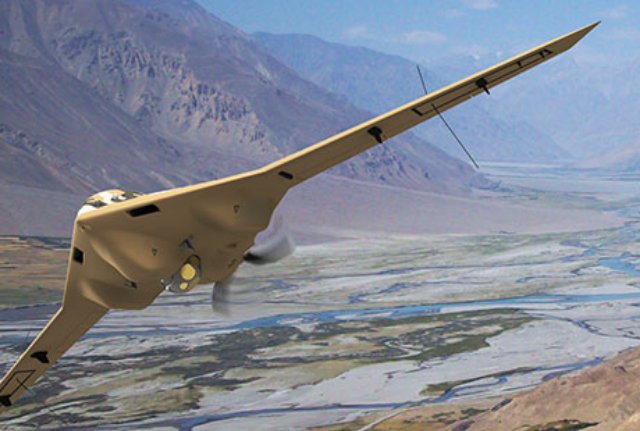The US Air Force is likely to ramp up its investment in small unmanned aircraft following the release of a long-awaited strategic vision document later this year.
It expects to release its “Small UAS Flight Plan” this winter, and says it sees lightweight aircraft performing many more combat roles currently tasked to large unmanned aircraft that require far more money and manpower to operate. Such missions include surveillance, electronic warfare, communications as well as tactical strikes in heavily defended regions.
“The flight plan represents the first vision statement dedicated to integrating small UAS into the larger air force strategy,” a service spokeswoman tells Flightglobal.
“[It] will guide air force leaders toward investments that reverse the cost curve through development of innovative, integrated SUAS capabilities to resolve operational needs historically addressed with large platforms at significant cost.”
The air force has been dabbling in small UAS technology for decades, including most recently the Sand Dragon project that demonstrated Lockheed Martin’s Fury (photo) and Northrop Grumman‘s Bat aircraft.
Lager machines – namely the General Atomics Aeronautical Systems MQ-9 Reaper and Northrop RQ-4 Global Hawk – attract the lion’s share of investment, but the service says stagnant defence budgets and reduced manpower have forced a change in thinking.
“Air force mission demands continue to increase while manpower and resources decline, necessitating a re-examination of small UAS utility beyond current applications,” the air force says. “New SUAS advancements coupled with a relative size/capability advantage and forecast cost savings may provide affordable alternatives to satisfy broad mission requirements.”
Development of the Small UAS Flight Plan, which also covers “Group 1” micro and nano UAVs, was announced last September at the air force association’s annual conference in Washington.
It was proposed as a counterpart to the “RPA Vector,” also published last year, which explores potential uses for small to large UAVs all the way out to 2038. In that document, the air force says it won’t fully realise the capabilities of small UAS “without a more concentrated and deliberate focus” – a shortcoming this new strategic vision aims to address.
Some applications for small unmanned systems the air force has considered in the past include cyber-attack, indoor reconnaissance and communications relay, signals intelligence as well as lethal and non-lethal attacks. These devices have been proposed as autonomous or semi-autonomous for swarming and reduced operator workload, and they can act as air- or ground-launched loitering munitions or sensors.
Small UAVs might be limited by their power and payload capacity, but air force officials believe these systems are better suited to menial tasks like full-motion video surveillance than perhaps sending an MQ-1 or MQ-9.
The air force’s foray into the small UAS space might be viewed with suspicion by the US Army and Marine Corps, which are the biggest benefactors of small, tactical UAVs and are competing for the same limited resources to fund their projects.
But the air force says the move is about fulfilling its core missions at a reduced cost.
Source: Flight Global

